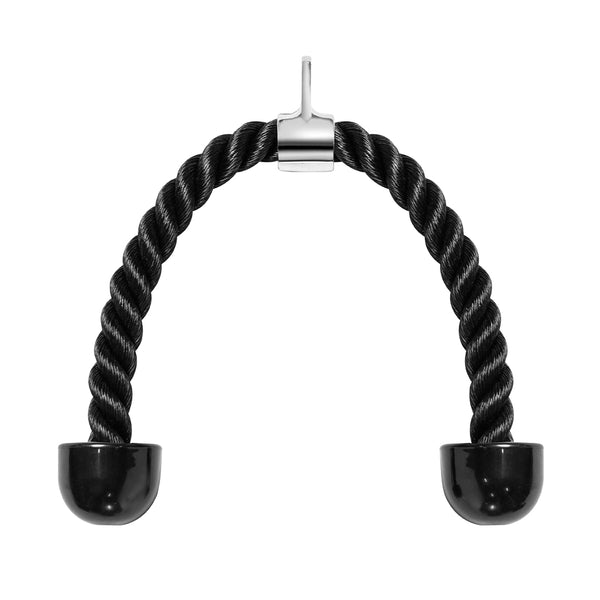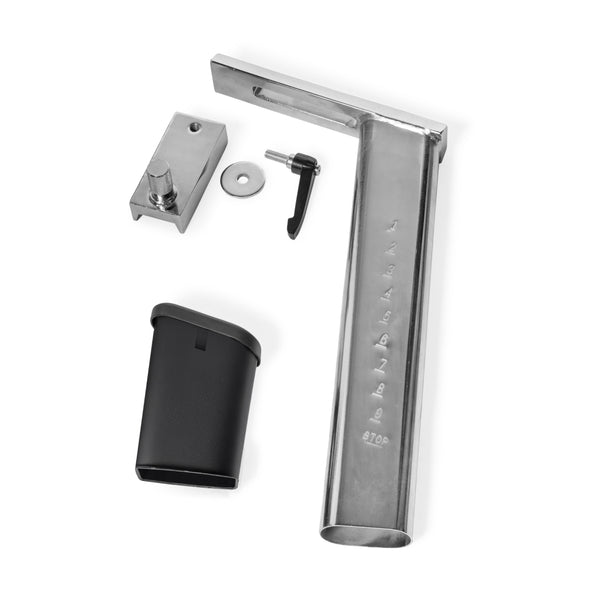If you're a home gym owner looking to level up your shoulder workout game, the Cable Y Raise might just be your secret weapon. It's a fantastic exercise to target those often-neglected rear deltoids while also working on your upper traps and rhomboids. Plus, it sounds pretty cool, doesn't it? Y Raise, like Y the heck not? 😆
In this article, we're going to break down everything you need to know about the Cable Y Raise, from what it is and what muscles it works to a step-by-step guide on how to do it properly at home. We'll even throw in some alternatives and variations to keep things fresh. Let's get those shoulders popping!
The Cable Y Raise is an isolation exercise that primarily targets the rear deltoids (those muscles at the back of your shoulders). It's a fantastic way to build those impressive shoulder caps that make any T-shirt look good. To perform a Cable Y Raise, you'll need a cable machine or functional trainer with dual handles. You'll also need some weight plates or a weight stack on your cable machine.
If you've got those basics covered, you're all set to give your shoulders some serious love.Before we dive into the nitty-gritty of how to perform the Cable Y Raise, let's talk muscles. This exercise primarily targets:
1. Rear Deltoids
The Cable Y Raise will make those rear deltoids scream with joy as you lift your arms out to the sides.2. Upper Traps
You can't escape the traps here! Your upper trapezius muscles work hard to assist in lifting your arms.3. Rhomboids
These muscles between your shoulder blades help stabilize your shoulder blades during the movement. Now that we know what we're working on let's move on to the fun part - doing the Cable Y Raise.Follow these steps to perform the Cable Y Raise like a pro:Step 1: Set Up
- Adjust the cable handles to the lowest setting on your machine.
- Adjust the weight to a challenging but manageable level.
Step 2: Body Positioning
- Stand facing the machine with feet shoulder-width apart.
- Grab the handles with opposite hands, crossing over. Your hands should be in a pronated (overhand) grip position.
- Keep your arms fully extended in front of you.
Step 3: The Raise
- Start with the handles at chest height.
- Lift the handles upwards in a Y-shaped motion, keeping your arms straight.
- Squeeze your rear deltoids at the top of the movement.
- Lower the handles back to the starting position.
Step 4: Repetitions
- Perform 3-4 sets of 10-12 repetitions to feel that delightful burn in your rear delts.
- Maintain a slight bend in your elbows to reduce strain on your joints.
- Focus on the mind-muscle connection, really feeling the squeeze in your rear deltoids.
- Keep a controlled, steady pace throughout the exercise to maximize muscle engagement.



